
Historical Examples
Meaning ❉ Historical Examples, in hair heritage, denote the enduring wisdom and adaptive practices shaping textured hair across generations.
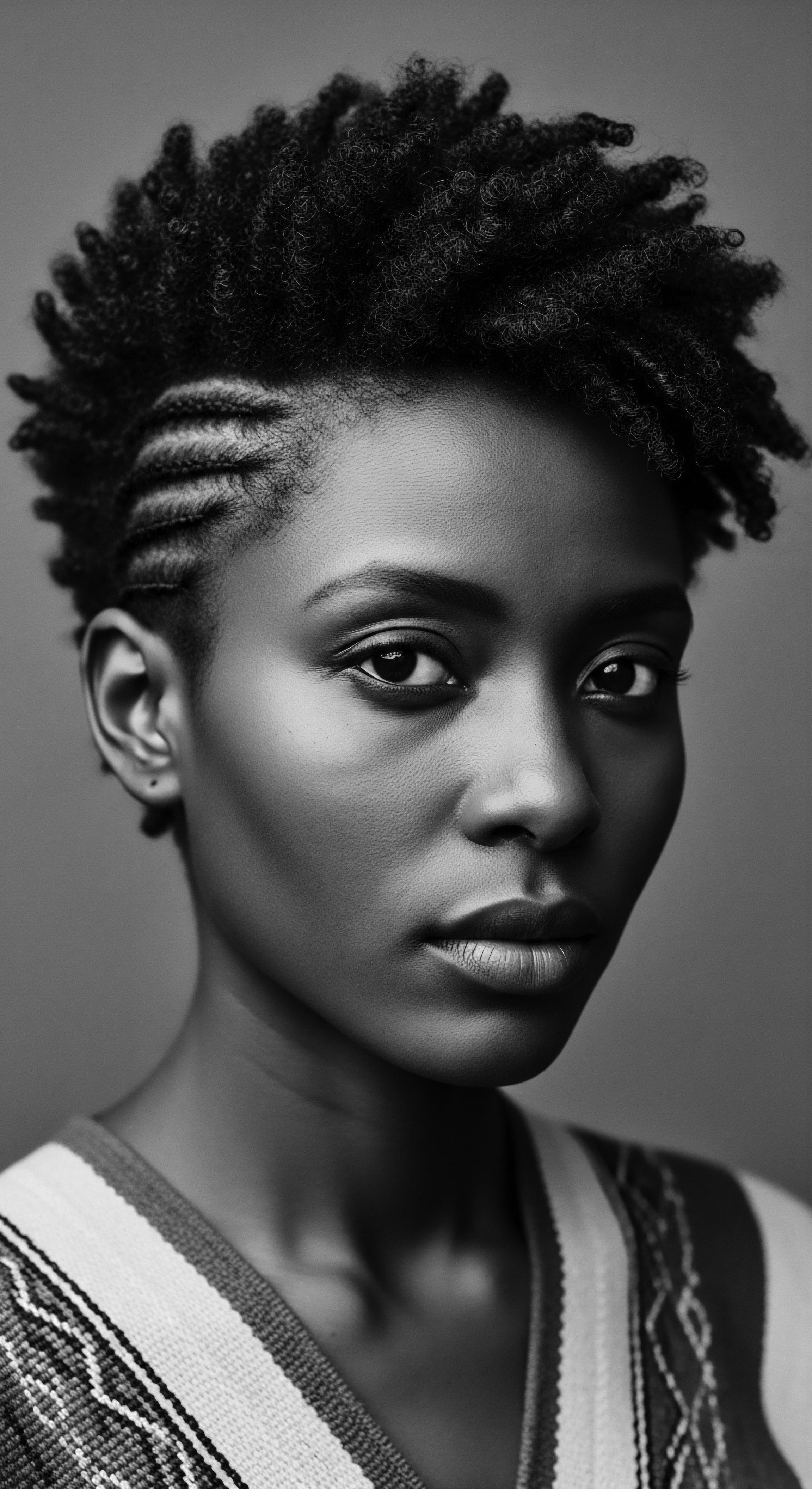
In what ways did protective styling become a symbol of cultural endurance and resistance?
Protective styling in textured hair serves as a profound symbol of cultural endurance and resistance, deeply rooted in ancestral practices and ongoing identity affirmation.

What historical examples show hair adornments as resistance?
Hair adornments became powerful symbols of cultural continuity and covert resistance, particularly within textured hair heritage.
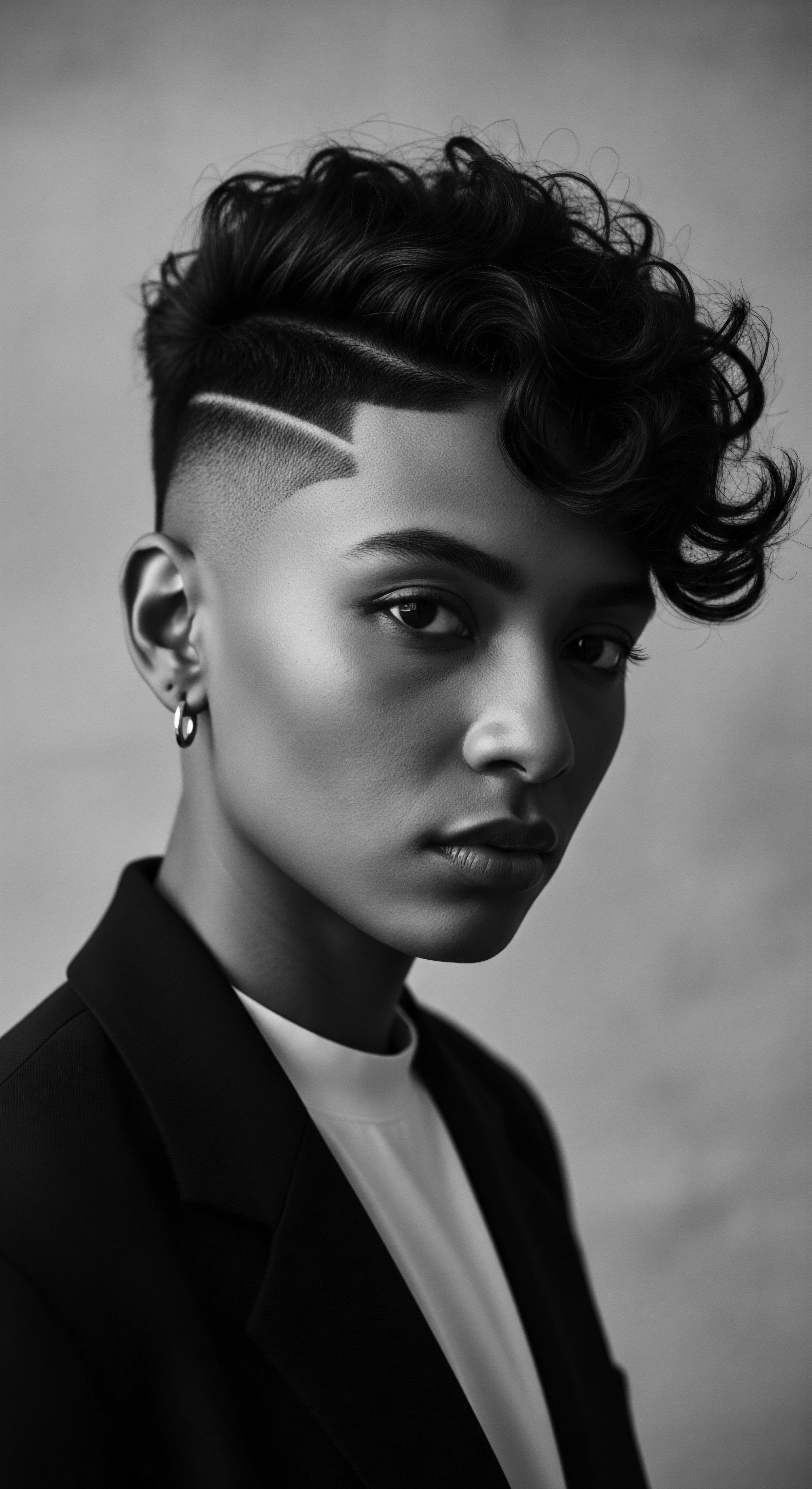
What historical struggles and acts of resistance are tied to Black hair practices?
Black hair practices are intrinsically tied to historical struggles and resistance, serving as a powerful emblem of identity and heritage.

How did traditional Black hairstyles serve as acts of resistance during historical oppression?
Traditional Black hairstyles served as powerful acts of resistance by preserving cultural heritage, conveying hidden messages, and asserting identity amidst historical oppression.

In what ways did textured hair symbolize resistance during early American oppression?
Textured hair symbolized resistance through cultural preservation, coded communication, and defiant self-expression against early American oppression.
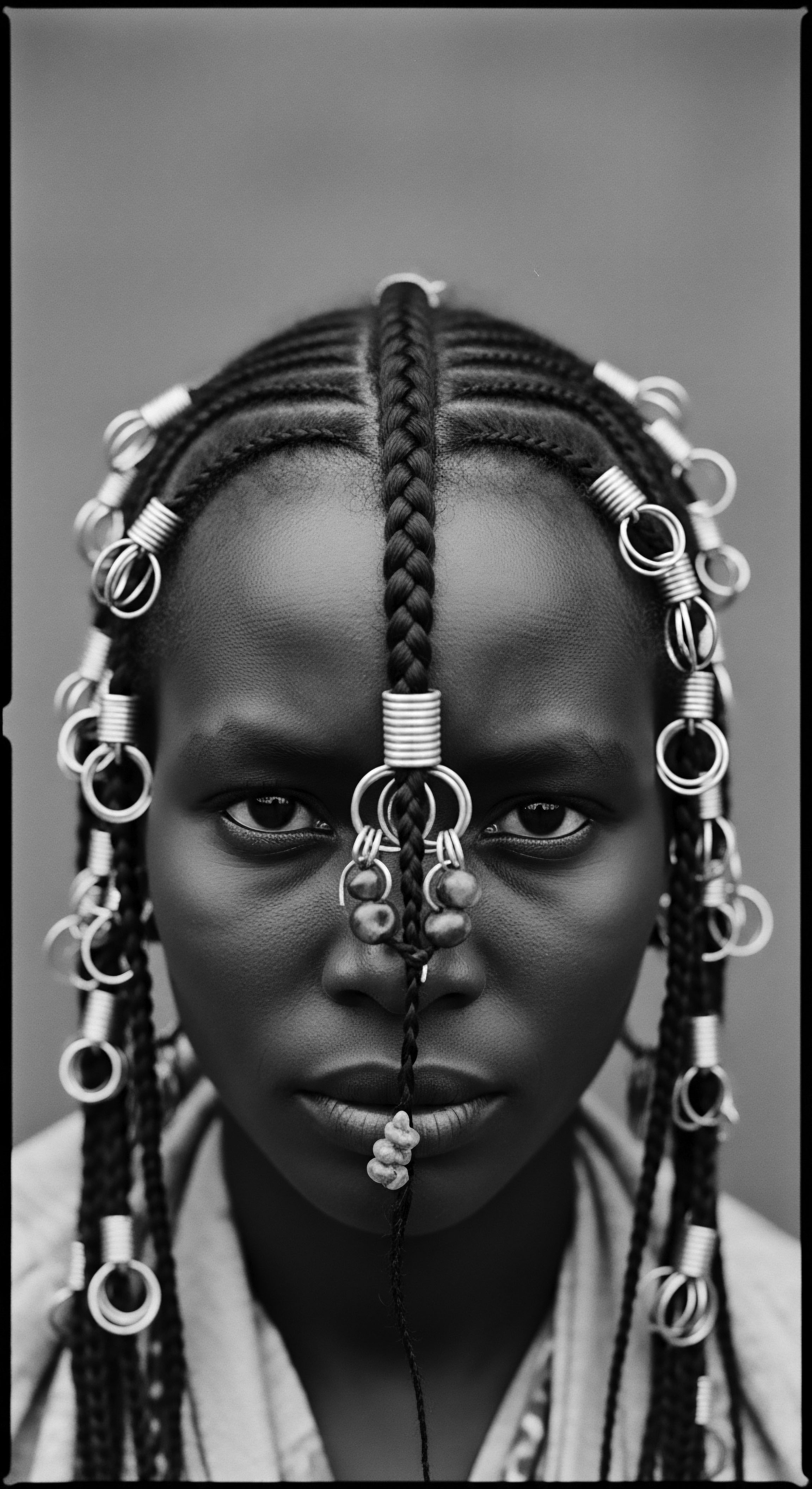
What historical examples reveal textured hair’s role in resistance movements?
Textured hair's heritage reveals its powerful role in resistance, from ancient coded braids to symbols of Black pride.

Social Justice Hair
Meaning ❉ Social Justice Hair is the recognition of textured hair as a site of historical oppression and profound cultural resilience.

In what ways did colonial forces suppress Black hair heritage and how was it resisted?
Colonial forces suppressed Black hair heritage through forced shaving, demeaning natural textures, and oppressive laws, met by resilient resistance through cultural preservation and defiant self-expression.
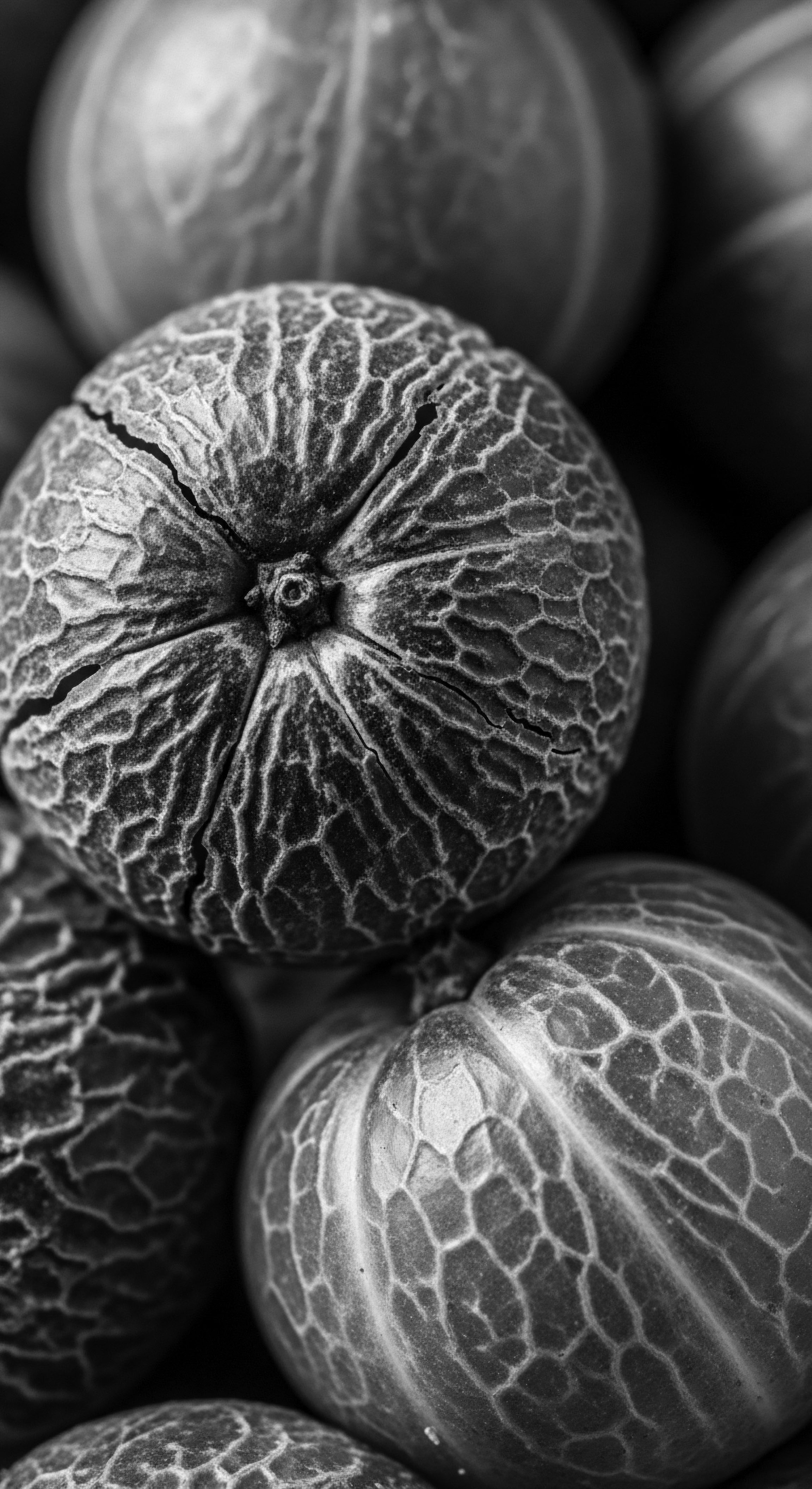
How did textured hair symbolize resistance during historical periods of oppression?
Textured hair symbolized resistance by serving as a profound link to heritage, embodying self-dignity and cultural persistence against oppressive forces.

How did protective styling become a symbol of defiance for textured hair?
Protective styling became a symbol of defiance by transforming traditional care practices into declarations of identity and resistance against oppressive beauty standards and laws.
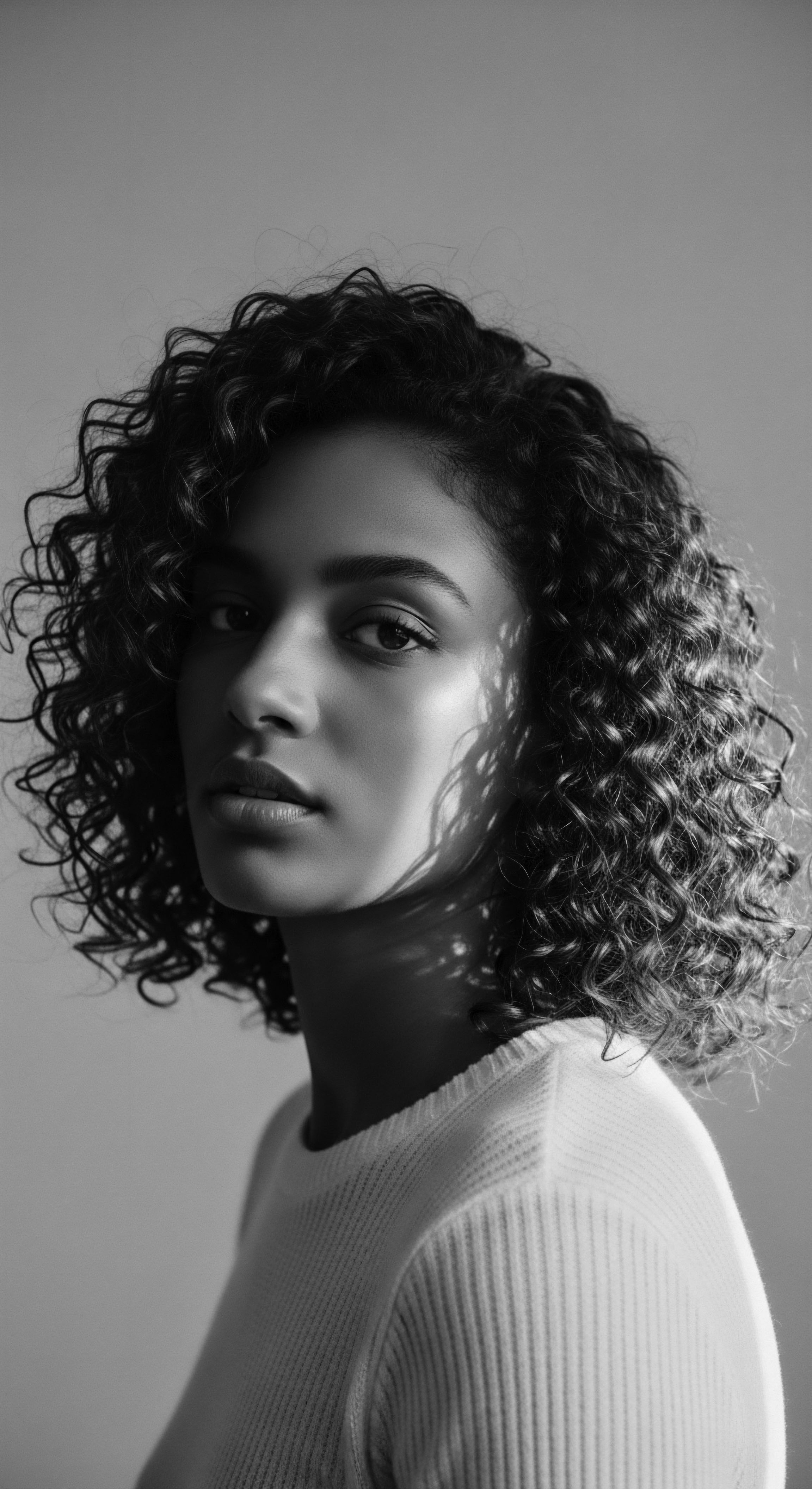
How did textured hair symbolize covert resistance in history?
Textured hair symbolized covert resistance through coded styles and preservation of heritage, a powerful legacy of self-determination.

In what ways did textured hair become a statement of resistance?
Textured hair became a statement of resistance by embodying cultural heritage and challenging oppressive beauty standards through ancestral practices.
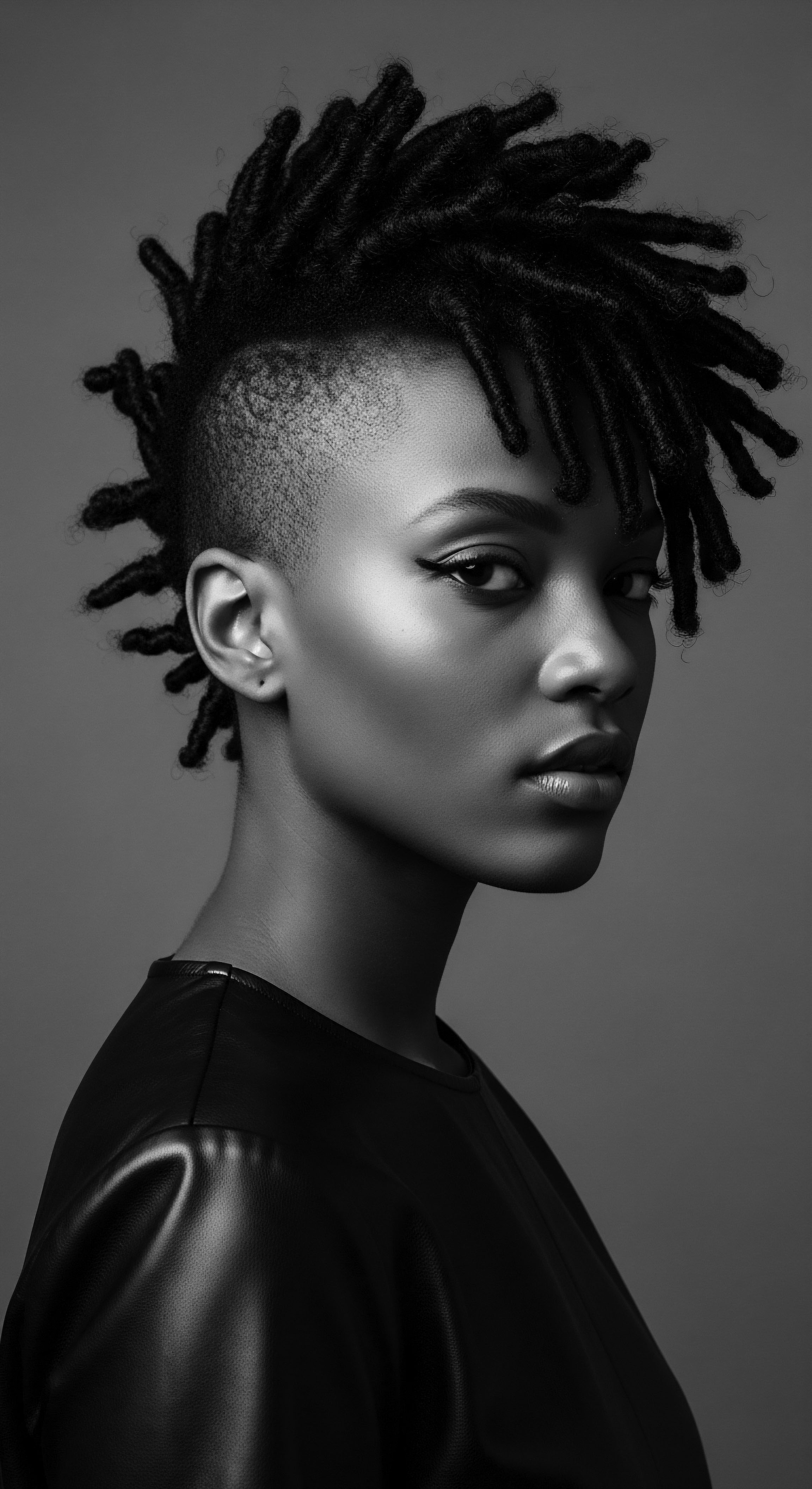
How did textured hair become a symbol of resistance throughout history?
Textured hair historically transformed into a symbol of resistance by serving as a hidden communication system, a cultural anchor, and a defiant visual statement against oppressive beauty standards.

In what ways has textured hair become a symbol of resistance?
Textured hair has become a symbol of resistance through its unwavering connection to ancestral practices and cultural preservation.

In what ways did textured hair care become a form of resistance during historical oppression?
Textured hair care became a potent form of resistance by preserving cultural identity, serving as a communication tool, and defying imposed beauty standards, rooted deeply in heritage.

Afro-Colombian Braiding History
Meaning ❉ Afro-Colombian Braiding History illuminates the enduring cultural, strategic, and economic significance of hair artistry for Black communities in Colombia.
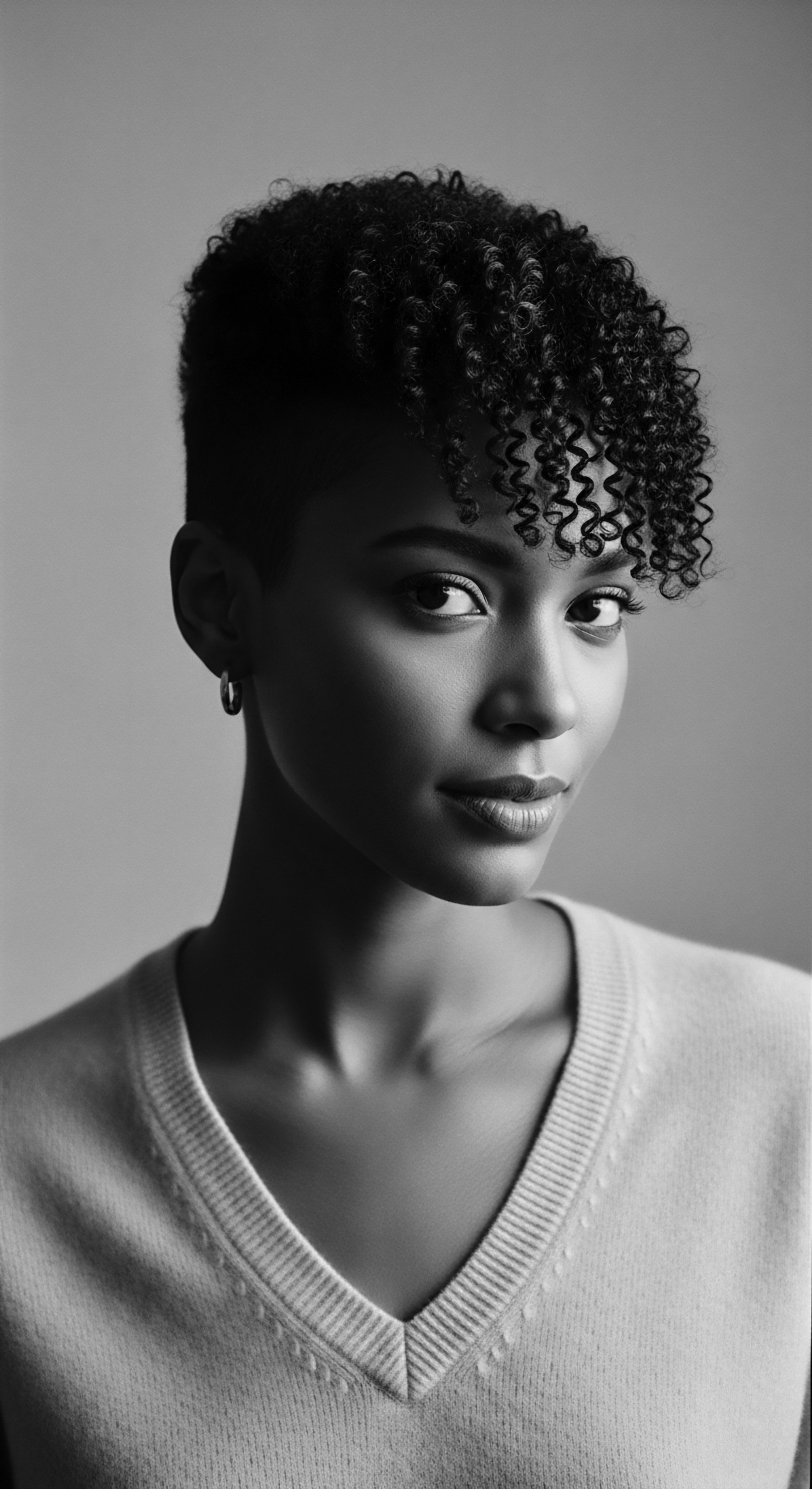
Why did textured hair practices become symbols of resistance?
Textured hair practices transformed into symbols of resistance by embodying cultural heritage, asserting identity, and defying oppressive beauty standards.

Afro-Colombian Hair Braiding
Meaning ❉ Afro-Colombian Hair Braiding is an ancient art form and cultural practice representing identity, resistance, and ancestral wisdom in textured hair.

In what ways do present day textured hair practices reflect ancestral resistance to legal oppression?
Present-day textured hair practices signify ongoing ancestral resistance against legal oppression, upholding a deeply rooted cultural heritage.

How did textured hair care become a form of resistance?
Textured hair care became resistance by upholding ancestral identity and defying imposed beauty standards, echoing a rich heritage of self-affirmation.

How did textured hair practices serve as resistance through history?
Textured hair practices served as resistance by embodying heritage, covertly communicating during oppression, and overtly asserting Black and mixed-race identity.
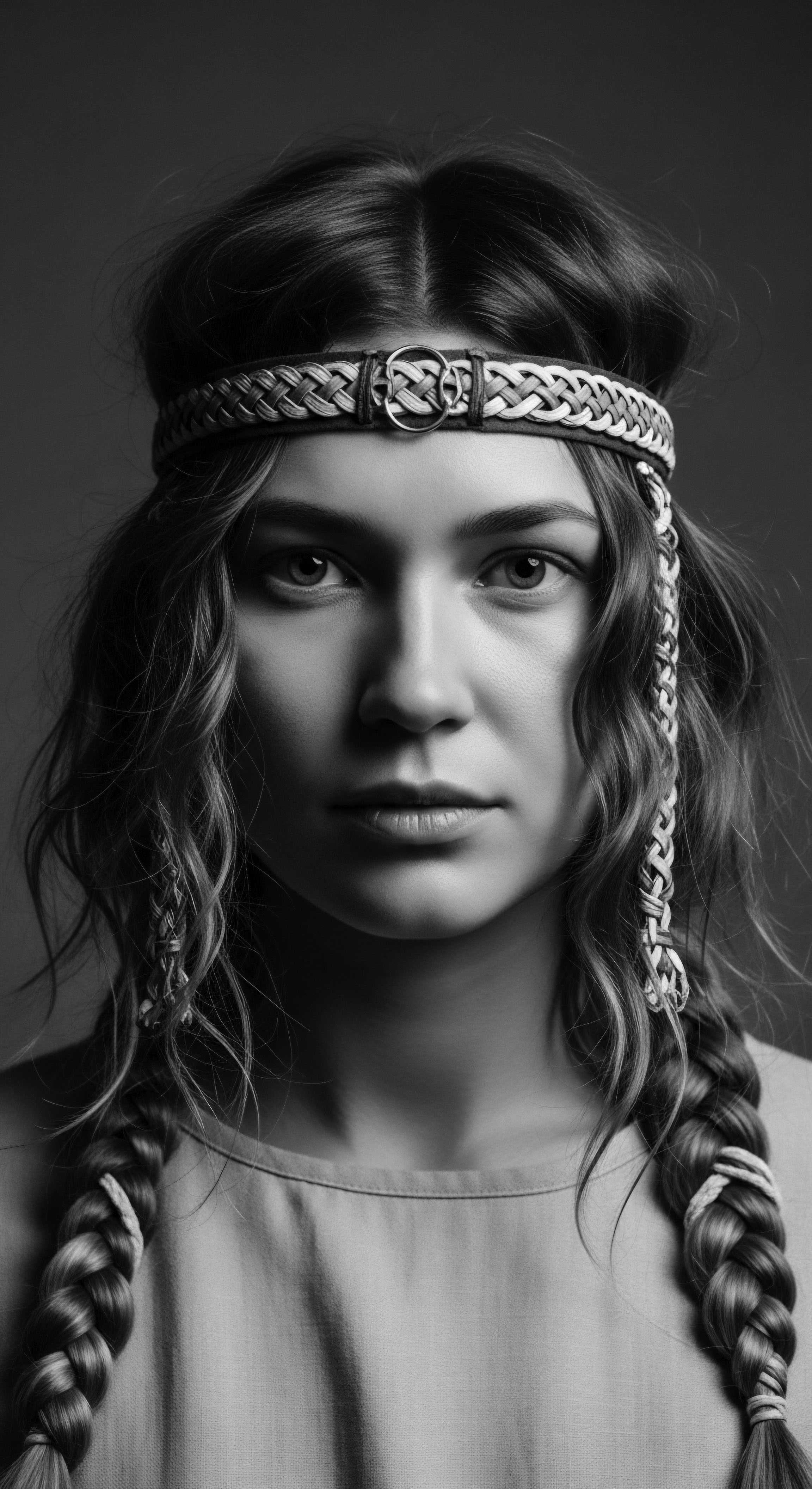
In what ways did textured hair heritage serve as a symbol of resistance?
Textured hair heritage served as a symbol of resistance through coded communication, defiant aesthetics, and legislative advocacy for identity preservation.

How has textured hair defied colonial norms?
Textured hair has defied colonial norms through ancestral resilience, creative resistance, and an unwavering commitment to its heritage.

In what ways did textured hair serve as a symbol of resistance across history?
Textured hair served as a continuous symbol of resistance by asserting cultural heritage, preserving identity, and facilitating covert acts of freedom.
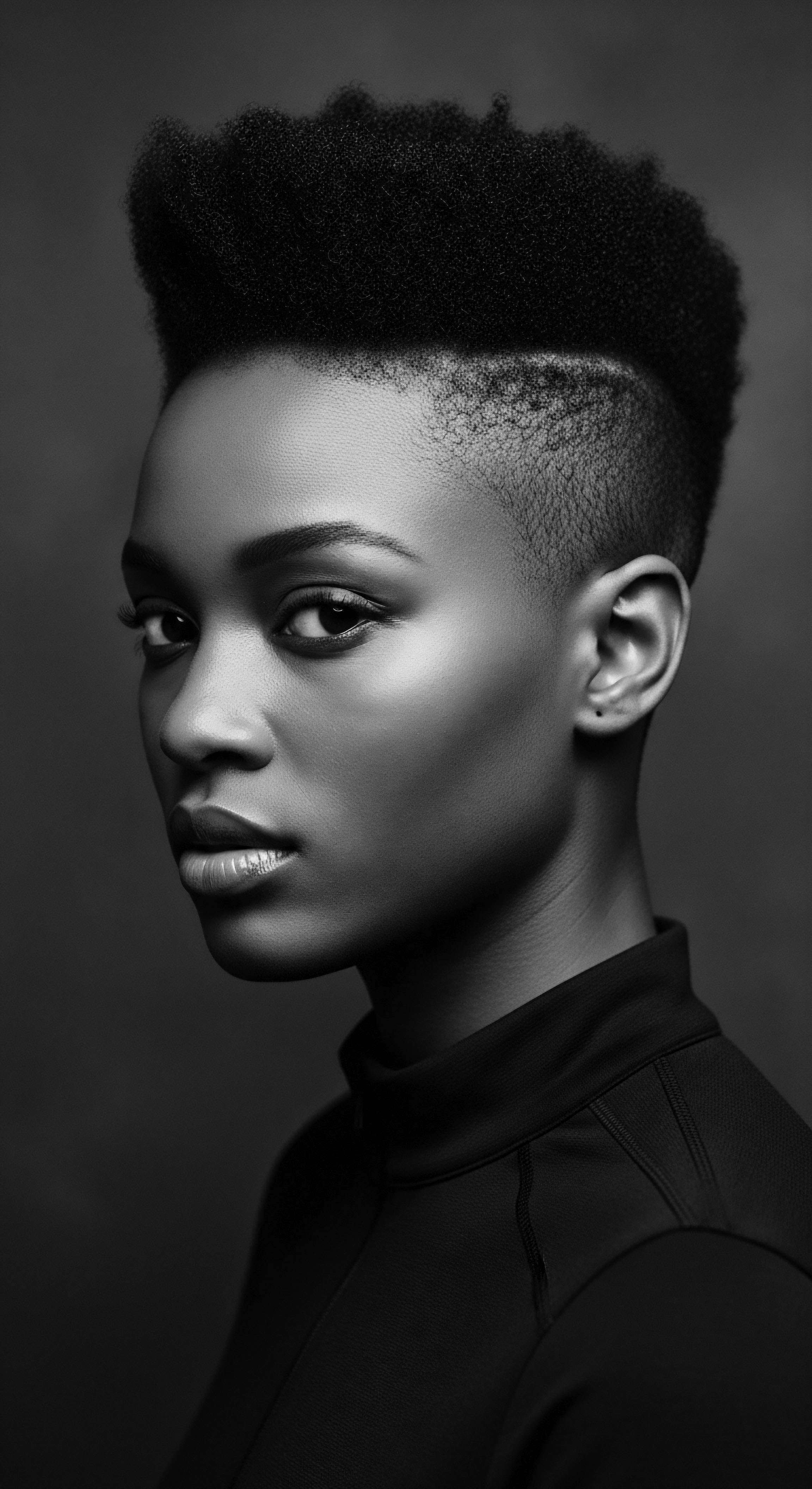
Why did textured hair styles become symbols of resistance throughout history?
Textured hair styles became resistance symbols through ancestral heritage, covert communication, and overt declarations of identity.
